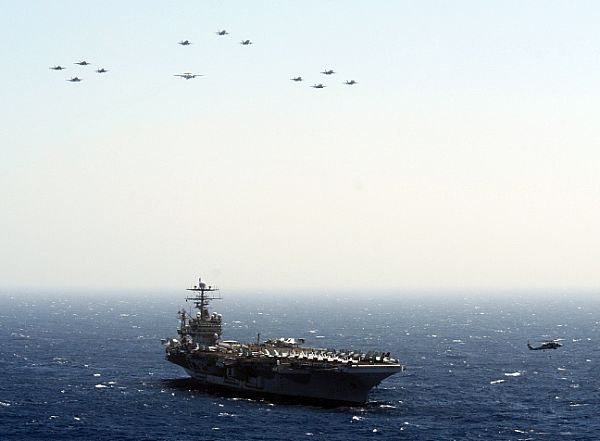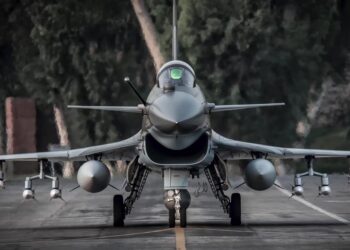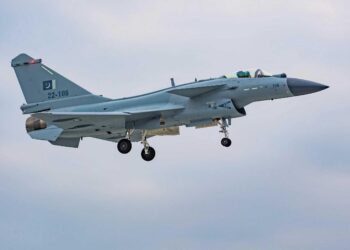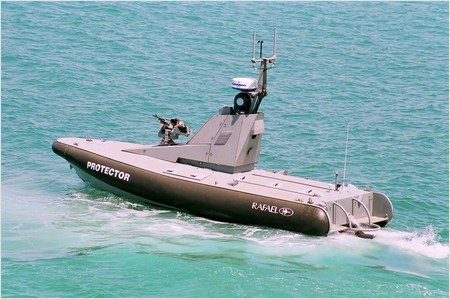This paper proposes a concept for how joint forces will achieve operational access in the face of armed opposition by a variety of potential enemies and under a variety of conditions, as part of a broader national approach.
Operational access is the ability to project military force into an operational area with sufficient freedom of action to accomplish the mission. Operational access does not exist for its own sake, but rather serves our broader strategic goals, whether to ensure access to commerce, demonstrate U.S. resolve by positioning forces overseas to manage crisis and prevent war, or defeat an enemy in war.
Operational access is the joint force contribution to assured access, the unhindered national use of the global commons and select sovereign territory, waters, airspace and cyberspace.
Enduring requirement for force projection
As a global power with global interests, the United States must maintain the credible capability to project military force into any region of the world in support of those interests.
While the requirement for operational access applies to any mission, the most difficult access challenge—and therefore the subject of this concept—is operational access contested by armed opposition.
Distinction between antiaccess and area-denial
As used in this paper, antiaccess refers to those actions and capabilities, usually long-range, designed to prevent an opposing force from entering an operational area. Area denial refers to those actions and capabilities, usually of shorter range, designed not to keep an opposing force out, but to limit its freedom of action within the operational area.
Importance of preconditions
The challenge of operational access is determined largely by conditions existing prior to the onset of combat operations. Consequently, success in combat often will depend on efforts to shape favorable access conditions in advance, which in turn requires a coordinated interagency approach. The joint force will attempt to shape the operational area in advance of conflict through a variety of security and engagement activities (as described in the Capstone Concept for Joint Operations), such as multinational exercises, access and support agreements, establishment and improvement of overseas bases, prepositioning of supplies, and forward deployment of forces.
Emerging trends
Three trends in the operating environment promise to complicate the challenge of opposed access for U.S. joint forces:
- The dramatic improvement and proliferation of weapons and other technologies capable of denying access to or freedom of action within an operational area.
- The changing U.S. overseas defense posture.
- The emergence of space and cyberspace as increasingly important and contested domains.
Enemy adoption of antiaccess/area-denial strategies
Events of recent decades have demonstrated the decisive results U.S. joint forces can achieve when allowed to flow combat power into an operational area unimpeded. Yet, few if any enemies perceived that they possessed the ability to deny U.S. access by armed opposition, and U.S. operational access during that period was essentially unopposed. The combination of the three major trends described above has altered that calculus dramatically. Increasingly capable future enemies will see the adoption of an antiaccess/area-denial strategy against the United States as a favorable course of action for them. The ability to ensure operational access in the future is being challenged—and may well be the most difficult operational challenge U.S. forces will face over the coming decades.











